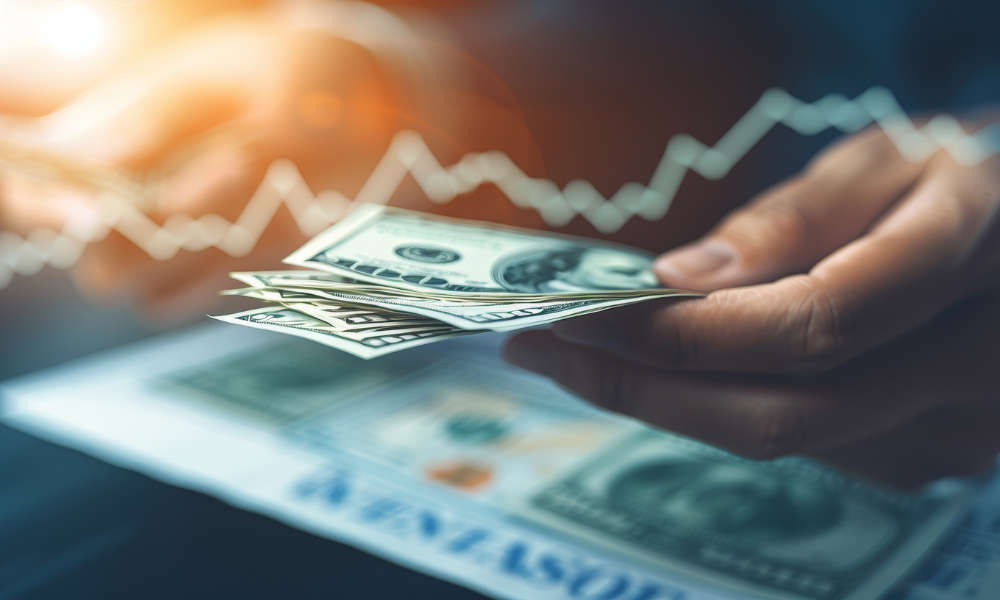

by Ruth Carson and Matthew Burgess
The dollar rallied against most major currencies after US President Donald Trump said he would announce tariffs on steel and aluminum imports, spurring a renewed rush to the reserve currency.
Norway, Canada and Australia’s currencies were among the losers against the greenback after Trump said he would announce 25% tariffs on the imports on Monday, with the duties applying to all countries.
“The risk remains that tariffs incrementally escalate over time,” said Billy Leung, investment strategist at Global X ETFs. “That could fuel persistent inflation pressures, keep the Federal Reserve cautious on rate cuts, and reinforce policy divergence factors that support a stronger dollar.”
A gauge of the dollar climbed 0.3%, extending a similar move on Friday after Trump signaled that he would announce reciprocal levies on trading partners, without specifying the details. The world’s reserve currency has surged around 7% from its September low, underscoring investors’ concerns about the inflationary effect of tariffs and how that might influence the Fed’s policy easing cycle.
Wall Street banks argue that the dollar’s strength has room to run even as traders mull the outcome of Trump’s on-again, off-again tariff threats. Goldman Sachs Group Inc. is expecting the dollar to break parity against the euro, while JPMorgan Chase & Co. predicts the greenback may buy around 1.50 Canadian dollars for the first time in a generation.
While speculative traders trimmed bullish dollar bets in the week ended Tuesday, the derivatives market remained heavily long on the US currency with about $31.2 billion in wagers, according to Commodity Futures Trading Commission data. At the same time, leveraged funds raised their bets against the euro and Canadian dollar in the week ended Feb. 4, the data show.
“The Trump administration is clearly aiming to use tariffs as a negotiating tool and also as a strategic or restructuring” avenue, said Rodrigo Catril, strategist at National Australia Bank Ltd. in Sydney. “We remain in a state of influx and the dollar is doing what it should amid heightened period of uncertainty.”
Copyright Bloomberg News

From outstanding individuals to innovative organizations, find out who made the final shortlist for top honors at the IN awards, now in its second year.

Cresset's Susie Cranston is expecting an economic recession, but says her $65 billion RIA sees "great opportunity" to keep investing in a down market.

“There’s a big pull to alternative investments right now because of volatility of the stock market,” Kevin Gannon, CEO of Robert A. Stanger & Co., said.

Sellers shift focus: It's not about succession anymore.

Platform being adopted by independent-minded advisors who see insurance as a core pillar of their business.
RIAs face rising regulatory pressure in 2025. Forward-looking firms are responding with embedded technology, not more paperwork.
As inheritances are set to reshape client portfolios and next-gen heirs demand digital-first experiences, firms are retooling their wealth tech stacks and succession models in real time.
